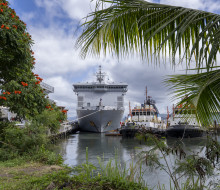
HMNZS Canterbury concludes week-long Fiji deployment
25 July 2025
Unfortunately you are viewing this website on an outdated browser which does not support the necessary features for us to provide an adequate experience. Please switch to a modern browser such as latest version of Google Chrome, Mozilla Firefox, Apple Safari or Microsoft Edge.
Ngā mihi nui
The New Zealand Army has tested its ability to rapidly conduct an evacuation of non-combatants during an exercise in Marlborough, successfully proving a vital high-readiness capability of the New Zealand Defence Force (NZDF).
Successfully evacuating non-combatants from a deteriorating security environment is one of the high-stakes responsibilities of the NZ Army’s high readiness unit.
On Sunday, as part of Exercise Cassino, more than 170 civilians and NZDF evacuee role players were evacuated from the fictional country of the Democratic Republic of Motumatihi, affected by unrest and commercial flights unavailable.
Under those circumstances, countries from around the world were required to evacuate citizens using Non-Combatant Evacuation Operations (NEO).
The NEO is conducted by the Ministry of Foreign Affairs and Trade utilising NZDF assets and personnel to provide security and support.
The aim of Exercise Cassino was to test the NZ Army’s ability to quickly project to a location and navigate a number of complicated logistical challenges to get people to safety.
“The team performed very well on the NEO task,” said Commanding Officer 2nd/1st Battalion, Royal New Zealand Infantry Regiment (RNZIR) Lieutenant Colonel Jerry Mateparae.
“Good preparation, planning, orders and rehearsals set them up well and all of the involved elements operated effectively together, which was great to see.”
The NZ Army contingent was made up of soldiers from 2/1 RNZIR with additional support provided by the NZ Army’s Female Engagement Team, Royal New Zealand Air Force (RNZAF) Security Force section, and logistical support from 3rd Combat Services Support Battalion and medical enablers from the Joint Support Group.
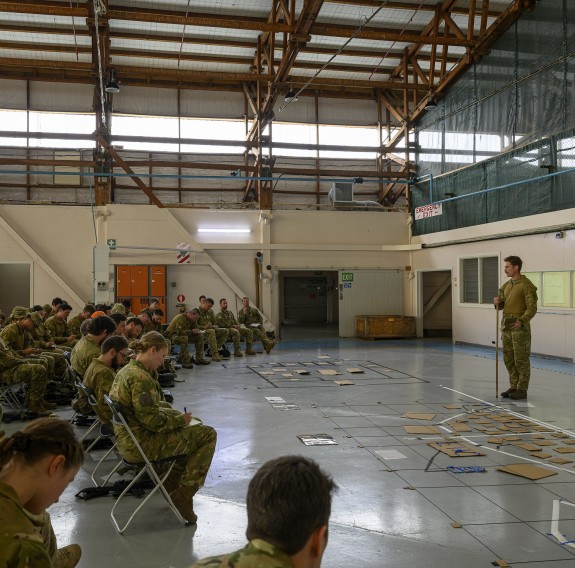
New Zealand Army personnel nail down the logistics ahead of the evacuation operation.
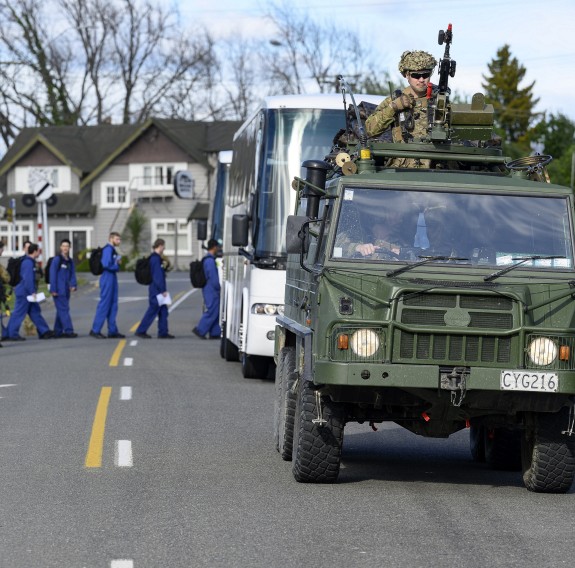
NZ Army soldiers escort role-playing civilians and non-combatants during Exercise Cassino.
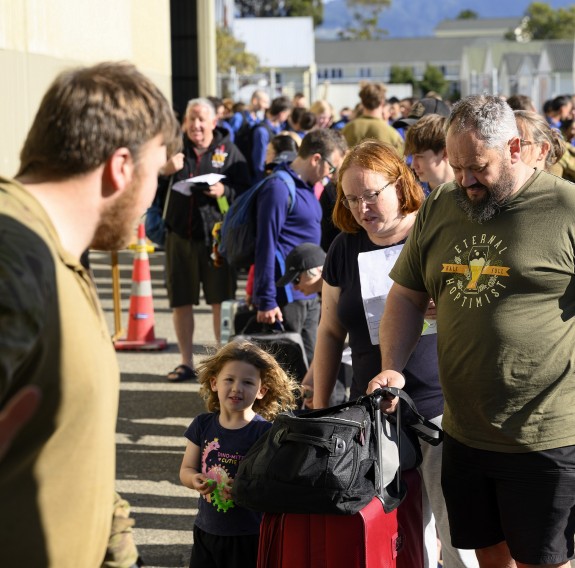
A family arrives for processing as part of the evacuation from the fictional island of Belisia
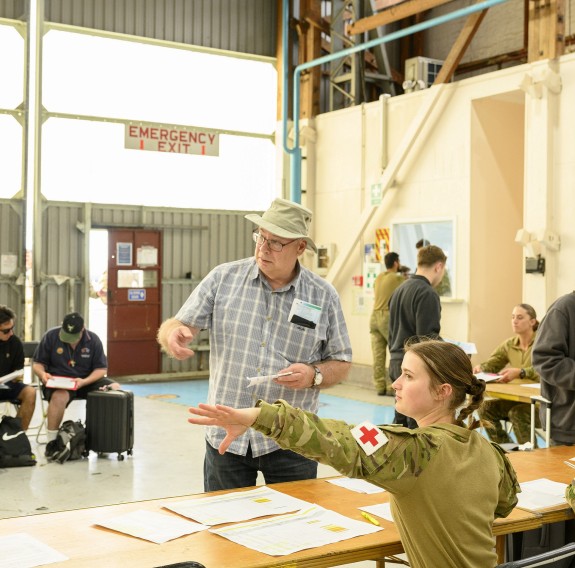
Evacuees were also provided health support as part of the exercise.
Evacuees were processed, screened and supported throughout the scenario, and in a real-world scenario would have been ready to embark on a RNZAF
No. 40 Squadron has recently received five new Lockheed C-130J Hercules aircraft.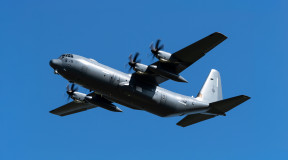
“In recent years there haven’t been many large-scale training activities incorporating a full NEO and including key team members from the RNZAF, Female Engagement Team and our high-readiness elements,” Lieutenant Colonel Mateparae said.
“Recent global events have demonstrated this is a key skill that is required and a very likely mission set for NZDF personnel to be involved in.”
The evacuation was one of the early milestones within a key exercise testing the NZ Army’s high readiness unit across the top of the South Island, with Exercise Cassino set to continue until October 24 across Blenheim, Seddon, Havelock, Ward, Dip Flat and the Howard Valley within the St Arnaud area.
Scenarios will include conventional combat operations including clearances, raids, and deliberate attacks, and will be supported by NZ Army Engineers and helicopters from the RNZAF’s No. 3 Squadron for both water- and aerial-insertions.
“With the global security environment becoming increasingly volatile, ensuring our team are good to go when called upon, provides assurance that we are ready,” Lieutenant Colonel Mateparae said.